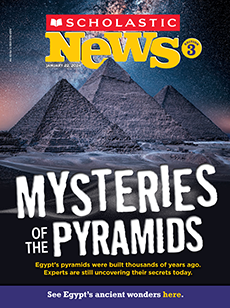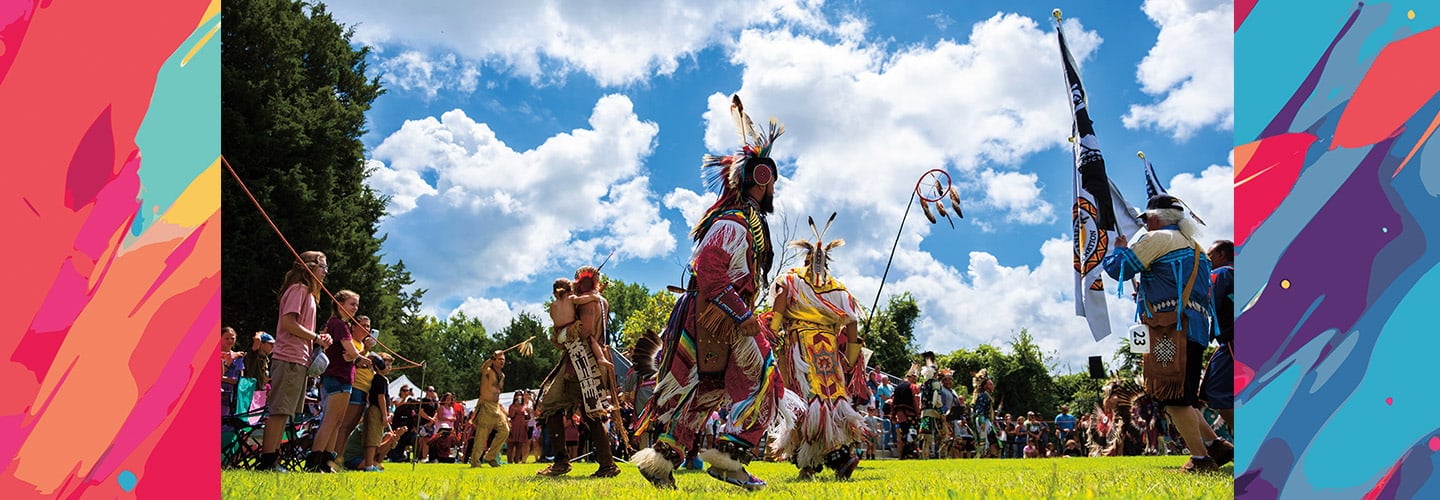The sun shines on the river. The scent of fry bread floats through the air. The sound of drums echoes across a grassy field. Welcome to the Nansemond Indian Nation powwow.
Powwows are gatherings where Native American peoples celebrate their cultures. They dance, sing, and tell stories with family and friends.
The Nansemond powwow takes place in Virginia. It has been held in the same area for more than 30 years. It’s a special place where the Nansemond’s ancestors once lived.
This August, the powwow felt more joyful than ever. That’s because the land was recently returned to the Nansemond Indian Nation.
The sun shines on the river. The smell of fry bread floats through the air. The sound of drums echoes across a field. Welcome to the Nansemond Indian Nation powwow.
Powwows are gatherings. Native Americans celebrate their cultures at these events. They dance, sing, and tell stories with family and friends.
The Nansemond powwow takes place in Virginia. It has happened in the same area for more than 30 years. It’s a special place. It’s where the Nansemond’s ancestors lived.
This August, the powwow felt extra joyful. That’s because the land was recently returned to the Nansemond Indian Nation.

